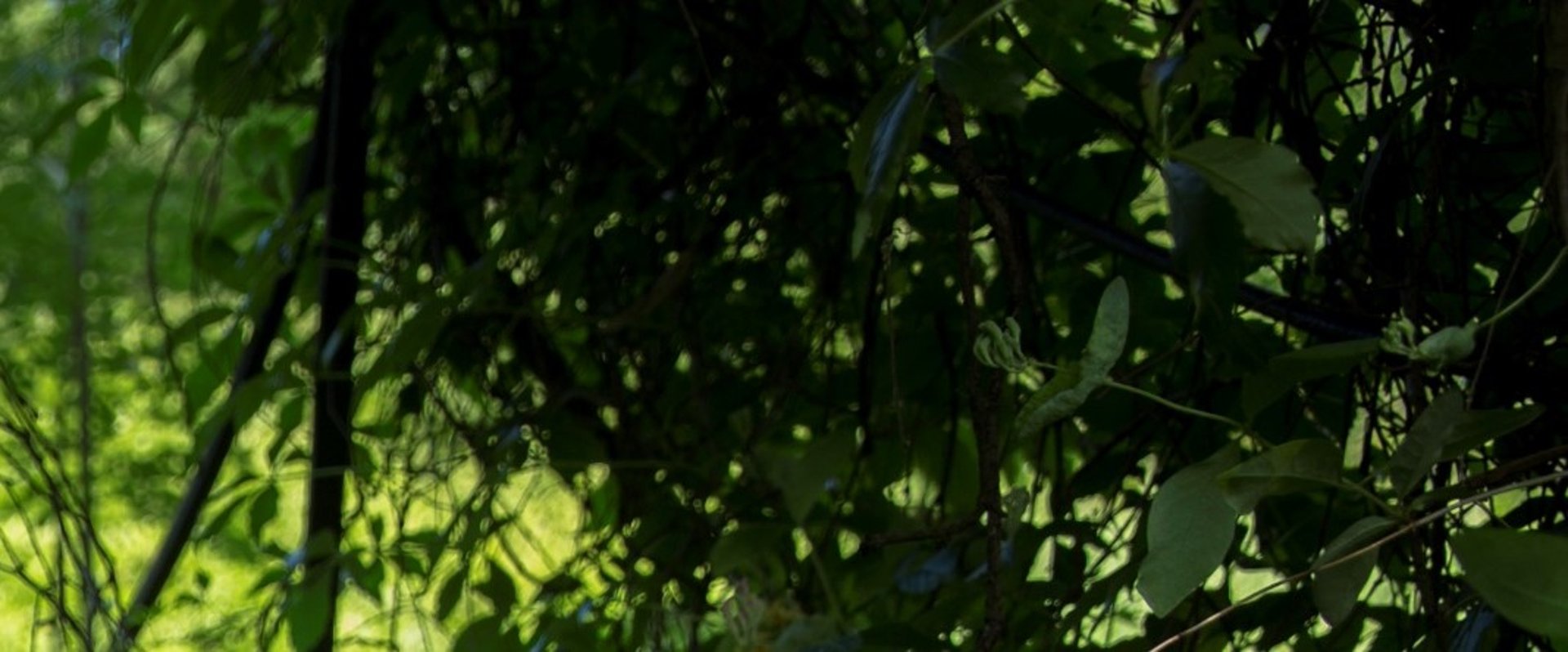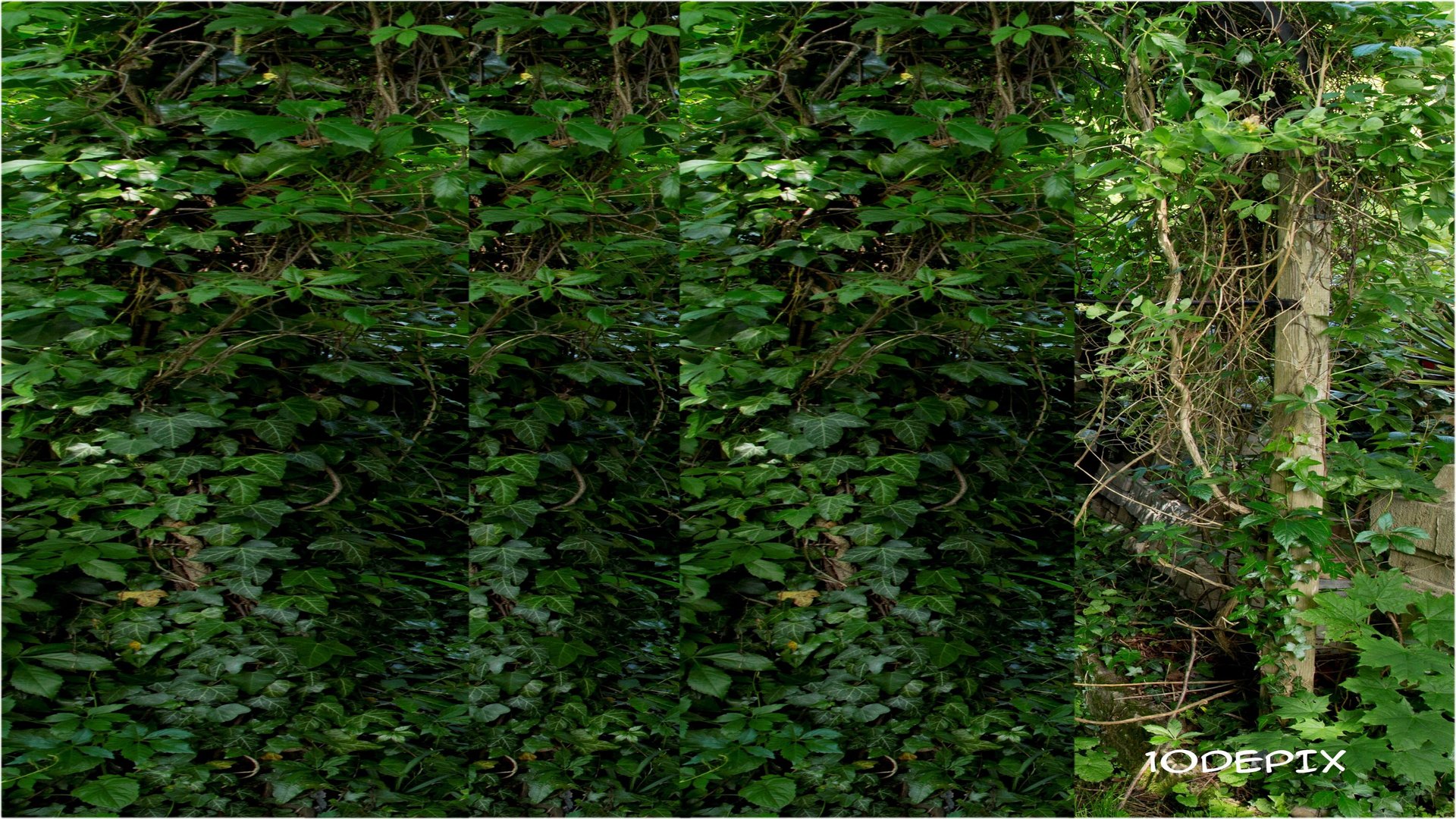
Music Gallery
... for a first impression of our music
Celtic Folk Rock - what's that?
Wikipedia (shortened)
Anglo-Celtic folk rock
This variant of folk rock culminated in British folk rock in the late 1960s. Based on North American folk rock, it was above all the style-defining band Fairport Convention, among others, who consciously incorporated elements of British folk into their music. Shortly afterwards, the originally more traditional folk group Steeleye Span began to increasingly incorporate elements of rock music into their songs and achieved similar results. After the mixture of Irish folk and rock had achieved a certain fame in this way, bands from Ireland such as Horslips also turned to this type of music. This move towards rock music itself inspired several new styles, including English folk rock.
Also worth mentioning is the Celtic Rock movement, which adapted stylistic elements from the folk music of Ireland, Scotland, Cornwall and Brittany. In addition to the Irish band Clannad, the Breton harpist and singer Alan Stivell, who popularised the style beyond the borders of France and is often referred to as the ‘father of Celtic rock’, was influential for this variant. At least in the first half of the 1970s, Celtic rock was very close to its roots in folk music, the songs clearly referred to traditional Celtic fiddle and harp melodies and even vocal styles, but they did not dispense with guitar amplifiers and drums.
fiddlestix! plays John Gaudie
fiddlestix! plays Hal & Tow
fiddlestix! plays Belfast Mill



All of God's creatures have a place in the choir, whether they sing loudly or softly, high up or low down, and clap their hands, paws or fins. Among the stars: the ever-complaining owl, the contradicting blackbird, the self-talking porcupine, the sighing badger, the croaking frog, the mooing cow...
‘Fields of Athenry’ is a sad ballad about the famine in Ireland in the mid-19th century. This traditional song became world famous thanks to Irish football fans: during the 2012 European Championship match against Spain in Gdańsk, the Irish team lost 0:4 to Spain; at the end of the match, the fans sang this song, which is now considered the Irish football anthem, for 10 minutes.
A funny yet tragic Christmas song: Grandma has drunk too much eggnog and, despite her family's pleas, leaves the house in deep snow and is run over by a reindeer sleigh. Grandpa takes it in his stride. The family now wonders whether they can keep the presents intended for Grandma or whether they have to send them back. In any case, they enjoy a good meal and celebrate cheerfully. The lesson to be learned: do not give an old man who drives a sleigh and plays with elves a driving licence!
fiddlestix! plays "A Place In The Choir"
fiddlestix! plays "Fields of Athenry"
fiddlestix! plays "Grandma Got Run Over By A Raindeer"




fiddlestix!
Celtic Folk Rock & Ballads
Contact: contact@fiddlestix.eu
© 2024. All rights reserved.
